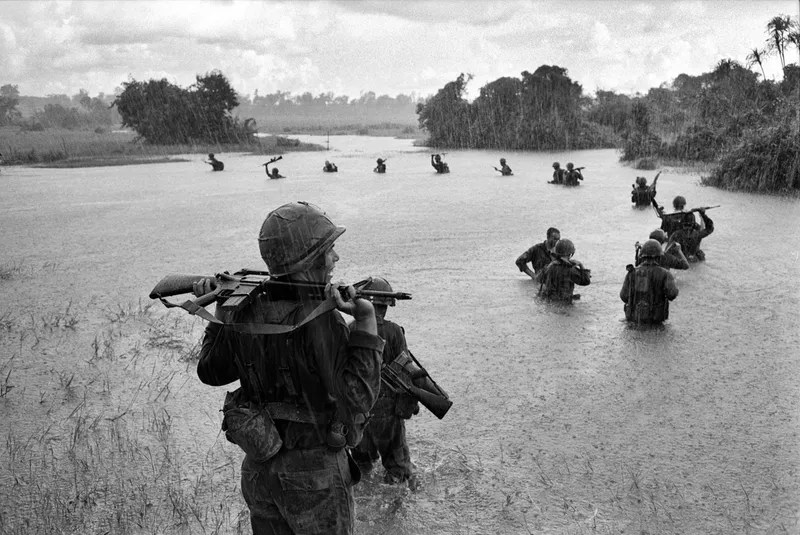Today everyone is a photographer but how many really see?
Henri Cartier Bresson
“To photograph is to hold one’s breath when all faculties converge to capture fleeting reality. It’s at that precise moment that mastering an image becomes a great physical and intellectual joy.”
― Henri Cartier-Bresson

“The Decisive Moment ” was the first photo book that I found in the library. As I thumbed through the photos taken all over the world from the 1940’s to the 1970’s I knew what kind of photography was for me.”
“That was when I started my study of great photography and the people who produced these incredible images.”
Eugene Smith
“Photography is a small voice, at best, but sometimes one photograph, or a group of them, can lure our sense of awareness.”
W. Eugene Smith
Film Pete Mecca
W. Eugene Smith was no doubt one of the greatest war correspondents of the last century. As the photographer for Life, he followed the island-hopping American offensive against Japan, from Saipan to Guam, from Iwo Jima to Okinawa, where he was hit by mortar fire, and invalided back.

His war wounds cost him two painful years of hospitalization and plastic surgery. During those years he took no photos, and it was doubtful whether he would ever be able to return to photography. Then one day in 1946, he took a walk with his two children, Juanita and Patrick, towards a sun-bathed clearing:

“I knew the photograph, though not perfect, and however unimportant to the world, had been held…. I was aware that mentally, spiritually, even physically, I had taken a first good stride away from those past two wasted and stifled years.”
While he was right about his stride towards recovery, Smith miscalculated the photo’s importance. In 1955, a heavily-indebted Smith decided to submit the photo to Edward Steichen’s now-famous Family of Man exhibit at the MOMA. There, it became a finalist and then the closing image, thus cementing its position as the ur-icon of all family photographs.

“I’ve never made any picture, good or bad, without paying for it in emotional turmoil.”
— W. Eugene Smith
The Fifties & Sixties
My early photo experience…

I saw this photograph in a real estate office window when I was about 7-8 years old during the early fifties. They would change the photos daily. I was always intrigued by the events they introduced to me on my way home from school. I would go home and read the story in my Encyclopedia Britannica.
Everything was black and white in those days.

The Lone Ranger & Tonto 
On the Waterfront
People were moving to the suburbs and purchasing houses and cars.
WW War 11 was over and the surviving soldiers returned to their loved ones.” I like Ike” meant a new world to the Americans. A path to prosperity was a wish for many. Some chose college and many went to work in the factories producing new cars and tv sets.
The “Baby Boomers” were born. The country was happy.
Until…

The Photos in the insurance window became a little more ominous from abroad and in our country.





A President is assassinated…





The People march for their civil rights










The 60’s end in Vietnam





Iconic Photos
“When a photographer raises his camera at something that is taking place in front of him, there is one moment at which the elements in motion are in balance. Photography must seize upon this moment.”
Henri Cartier-Bresson
Covid-19 Pandemic 2020-2021
“What’s true of all the evils in the world is true of plague as well. It helps men to rise above themselves.”
― Albert Camus, The Plague


Once upon a time…
A Blind Man sang to the world during the pandemic

Heroes of the Plague
Once upon a time…There was a young nurse in Italy who bravely spoke to the whole world.







